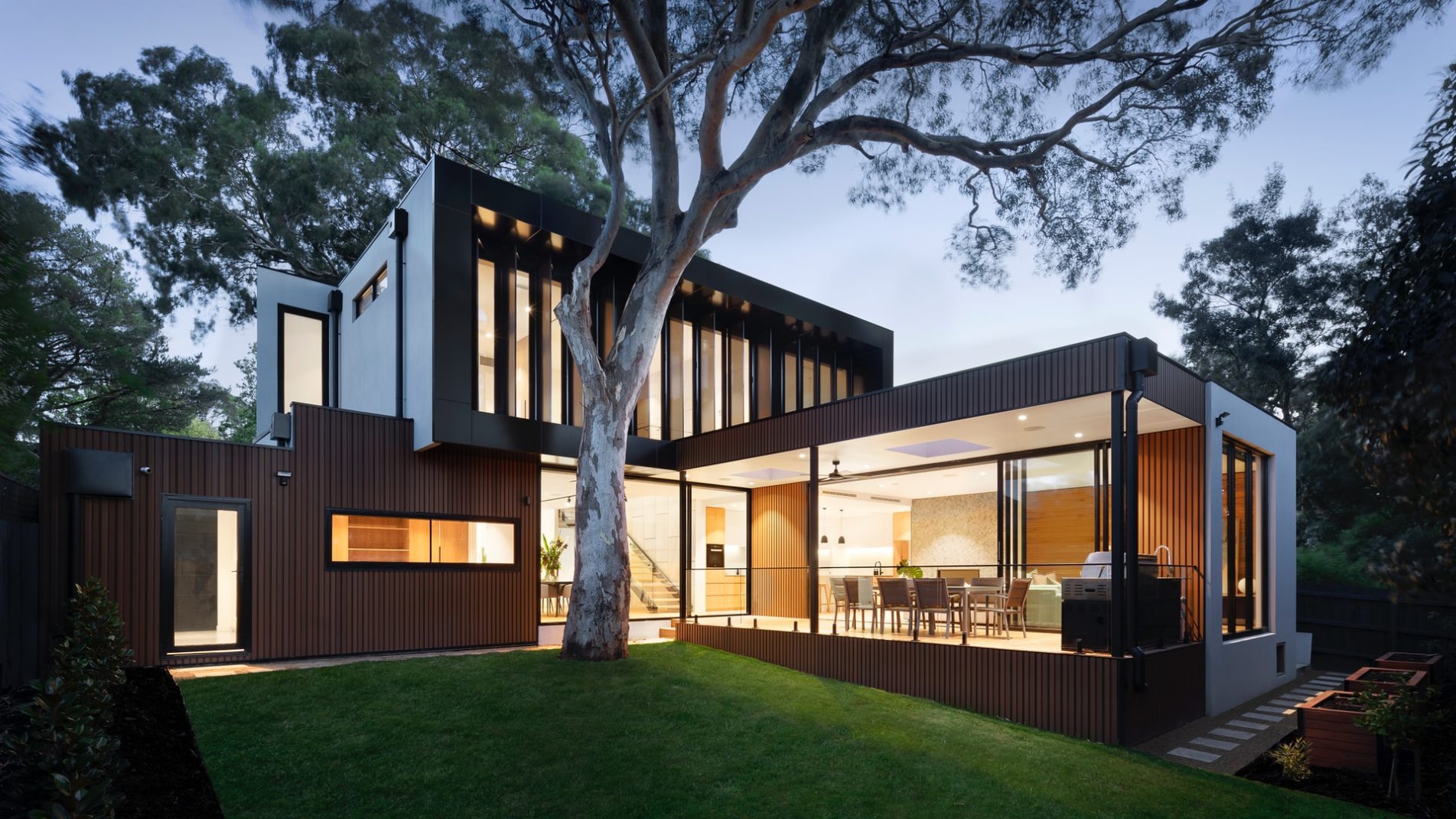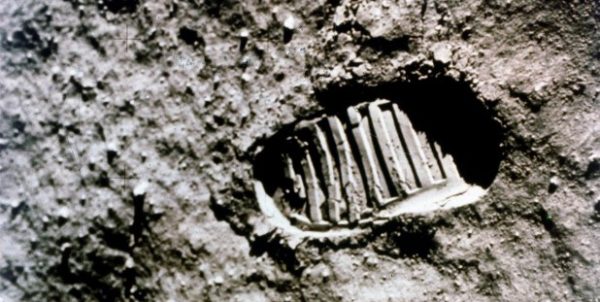The benefits of MMC, perceived or otherwise?
With a range of experience in the fully off-site manufactured housing sector, and lots of discussion surrounding it, we thought it would be useful to provide an overview of our thoughts around the benefits of MMC. Andy Bayley, our director, highlights some of his thoughts on the perceived benefits below:
- Faster overall construction, resulting in the delivery of more units
- Building envelope watertight quicker
- Improved quality (factory components)
- Less material wastage (more sustainable) – reduced space needed to store materials on-site
- Process is not affected by the weather
- Improved performance e.g., improved airtightness due to factory quality control; making it more sustainable
- Improved health and safety – construction activity is a controlled environment
- Helps tackle skills shortage and better staff retention
- Reduced costs and improved profitability – to be proved
- Reduced site labour and therefore less disruption to residents.
Key drivers:
- Political – safety, better quality and number of homes needed.
Challenge to clients:
- Must accept that they do things differently – change can be daunting
- Ensure funds can be raised for MMC and that the products are mortgageable
- Not all lenders will accept OSM houses as security to raise capital against.
The Housing Forum has defined 7 categories of MMC:
Category 1. Pre-manufacturing [3D primary structural systems] (components entirely factory produced and assembled).
Category 2. Pre-manufacturing [2D primary structural systems] (generally panelling, walls, floors, stairs and roofs as basic frames).
Category 3. Pre-manufacturing components [non-systemised primary structure] (components manufactured but not assembled off site, e.g., floor slabs, columns and beams).
Category 4. Additive manufacturing [structural and non-structural] (including 3D printing).
Category 5. Pre-manufacturing [non-structural assemblies and sub-assemblies] (e.g., volumetric podded assemblies and bathroom pods).
Category 6. Traditional building product-led site labour reduction/productivity improvements (traditional products cut to size, e.g., walls, brick slips and pipework).

Category 7. Site process-led and site labour reduction/productivity/assurance improvements (robots and drones used on site).
Categories 1-5 – off-site
Categories 6-7 – on-site
Currently there is no standard form of building contract for MMC, but the standard can be amended. Areas to consider are listed below:
- Early contractor/manufacturer involvement in the design process
- Securing a production slot in the factory – one of the biggest risk factors concerning developers and funders is the failure of the factory to deliver off-site items to programme
- Ensuring quality
- Rethinking payment
- Logistics, transport and home warranty schemes e.g. BOPAS (Build Off-site Property Assurance Scheme). If this is a requirement, then you need to know at the start because there is a cost to register
- Collaboration.
BOPAS
With the build off-site property assurance scheme, you need to know the cost to register at the start of a project, if this is a requirement.
PAS (Publicly Accessible Standard)
This is being developed for off-site to provide methodology for the design team.
With MMC, more risk and cost need to be absorbed in the pre-construction phase. While this is unfamiliar to most, the recommendations of the Hackitt Review encourage this way of working. It requires much greater collaboration from all parties.
Other considerations:
- Route to site
- Access/off-loading
- Cranage (space/stable platform)
- Fire stopping between modules.
To find out more, or for further information on how we can help, please contact us here.
Read more of our sustainability ‘Insights’ here.



